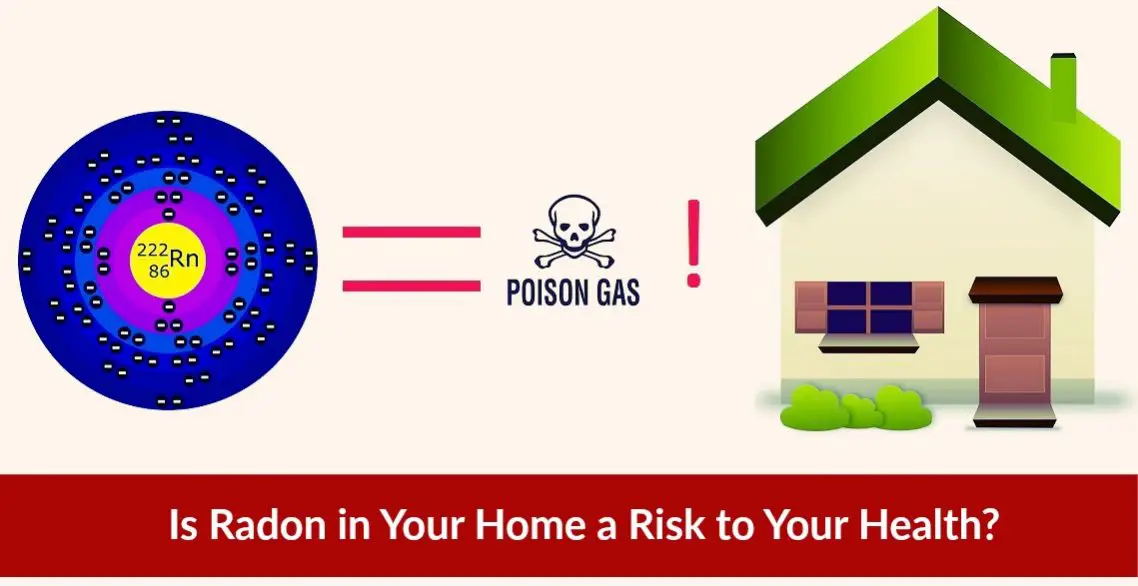The International Agency for Cancer declared in 1988 that radon is a carcinogen, and in 2009, the World Health Organization named radon as the second leading cause of lung cancer worldwide, according to a 2012 report in Radiation Protection Dosimetry. (1,2)
Unfortunately, radon could be lurking in your home and threatening your health and safety.
Here, learn about the risks associated with radon exposure, as well as what you can do to protect yourself.
Radon Linked with Lung Cancer
The research has shown that radon in homes is associated with an increased risk of developing lung cancer.
A study conducted for a 2005 edition of the journal Epidemiology found that higher concentrations of radon in homes increased the risk of lung cancer.(3)
A 2014 study published in the European Respiratory Journal produced similar results.(4) Non-smoking study participants exposed to the highest levels of radon were, on average, 2.33 times more likely than those exposed to the lowest levels of radon to develop lung cancer.
In 2011, a study published in Cancer Epidemiology, Biomarkers, and Prevention indicated just how dangerous radon could be.(5)
Results of the study showed that participants with levels of radon exposure that exceeded the Environmental Protection Agency’s (EPA) recommendations were 34 percent more likely to develop lung cancer than were those with exposure levels below EPA guidelines.
Reducing Your Risk of Radon Exposure
Determining whether you have a radon problem in your home is crucial if you want to reduce your risk of health complications, and timing is critical.
In fact, a 2005 report in Health Physics indicated that the risk of lung cancer rises with increasing duration of exposure to radon.(6)
Furthermore, according to the report, the risk of lung cancer is highest among those under age 50.
To reduce your risk today, it is vital that you have a radon level test done in your home. If you are buying a house, it is important that radon levels be tested prior to purchase.
The seller of the home may even be willing to pay for radon testing. You can test the radon levels in your home by hiring a contractor.
You can find contractors in your area at epa.gov. You can also purchase your own test kit online or at a home goods store. The EPA recommends that you take action if the radon levels in your home reach or exceed 4 pci/L.(7)
A professional can install a radon mitigation system to reduce radon levels in your home, and you can search for professionals who offer this service at epa.gov.(8)
References
(1)http://www.ncbi.nlm.nih.gov/books/NBK316364/
(2)http://rpd.oxfordjournals.org/content/early/2012/05/29/rpd.ncs093.extract
(3)http://www.ncbi.nlm.nih.gov/pmc/articles/PMC546066/
(4)http://erj.ersjournals.com/content/44/4/850
(5)http://www.ncbi.nlm.nih.gov/pubmed/21212062
(6)http://www.ncbi.nlm.nih.gov/pubmed/15596992
(7)https://www.epa.gov/radon/citizens-guide-radon-guide-protecting-yourself-and-your-family-radon
(8)https://www.epa.gov/radon/find-radon-test-kit-or-measurement-and-mitigation-professional
Leave Feedback: Was this article helpful?

